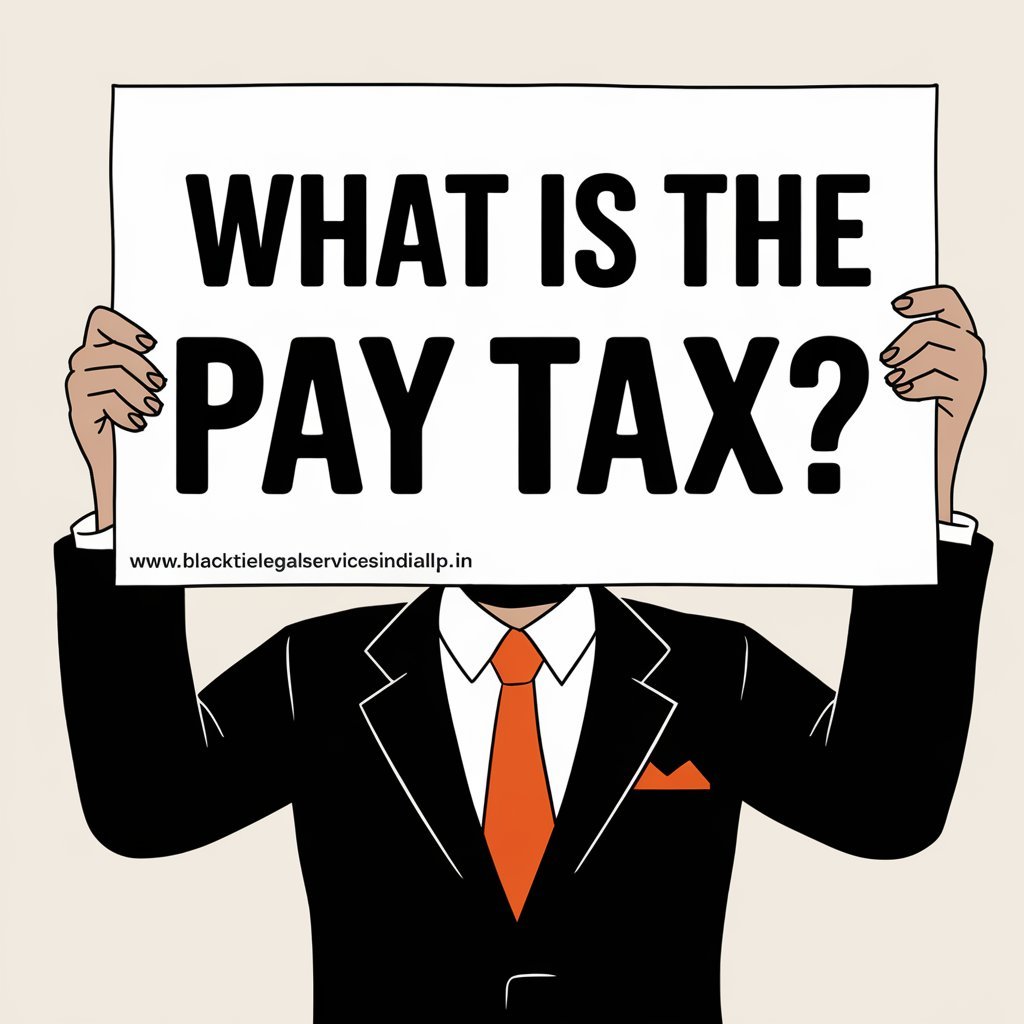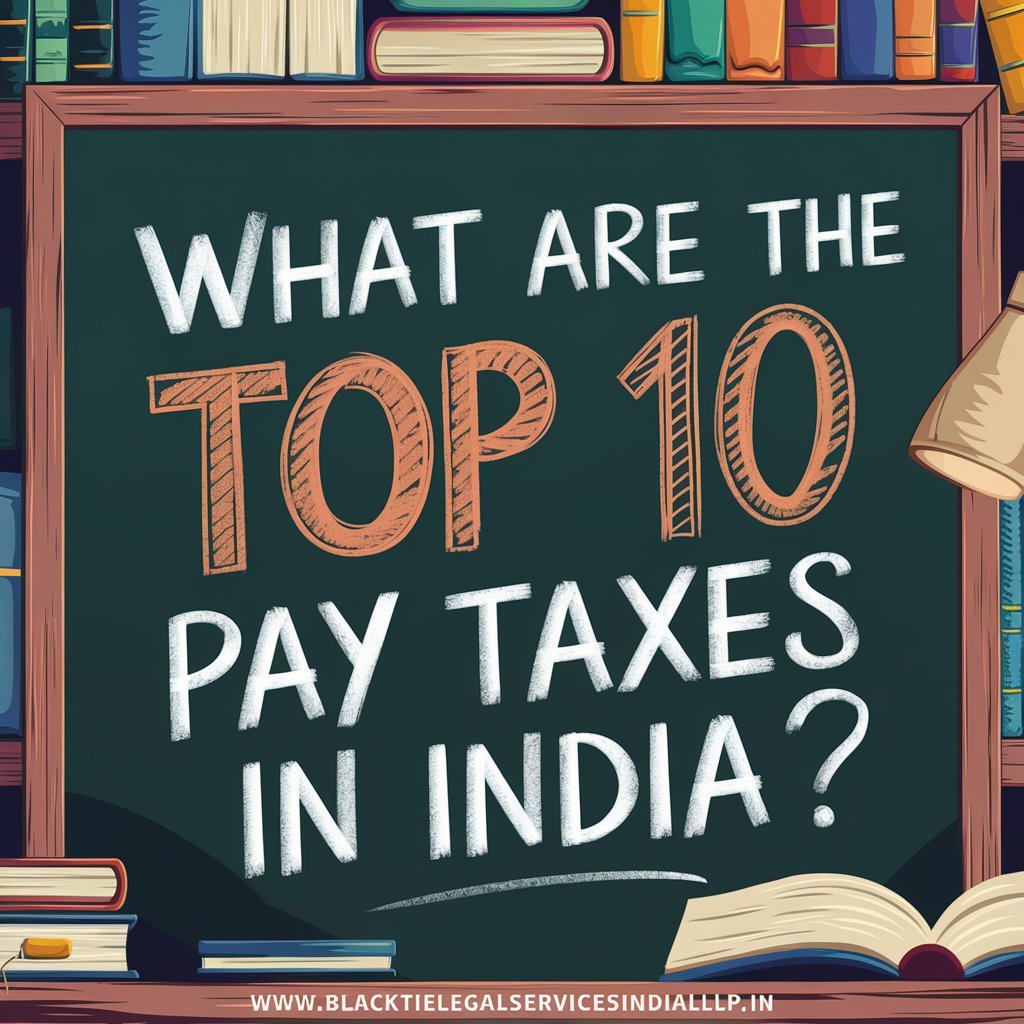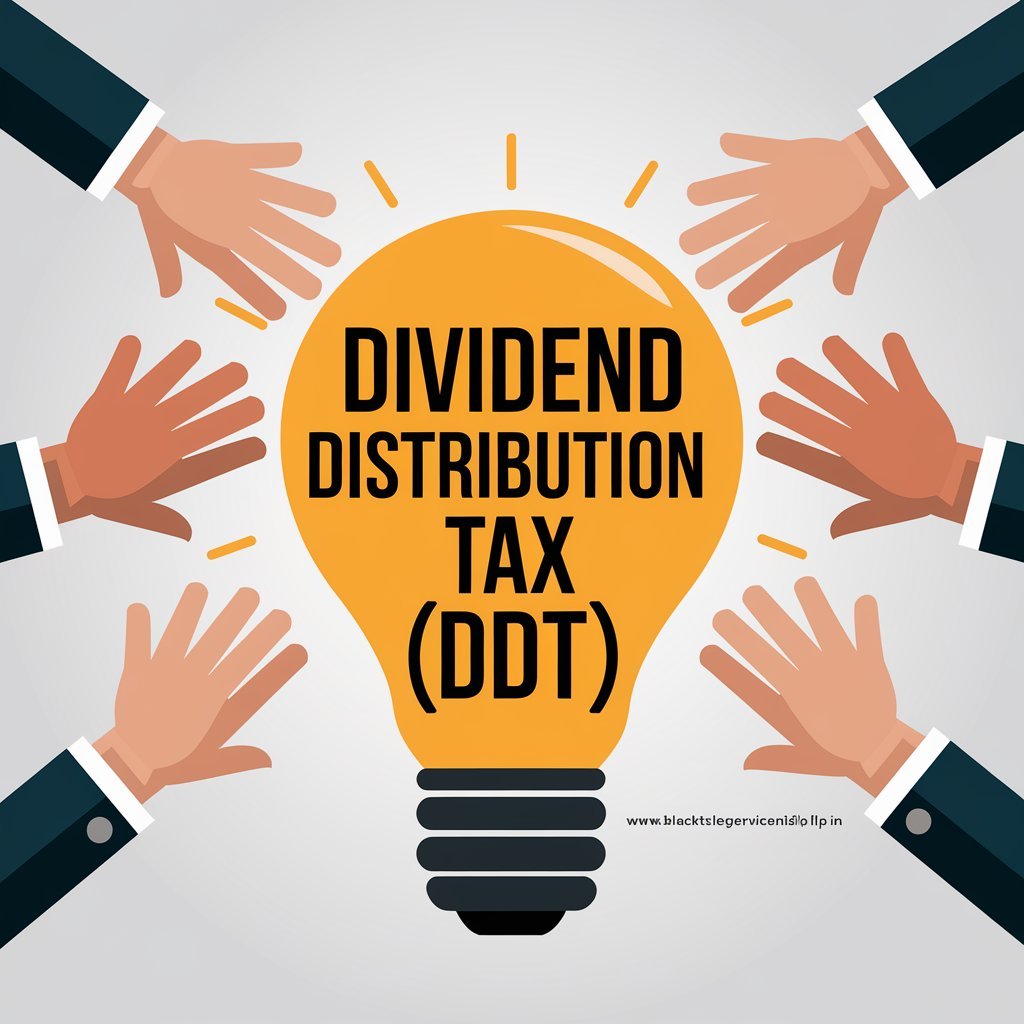Pay Taxes are the backbone of a country’s economy, providing the funds needed for governance, infrastructure, and public welfare. In India, various taxes are levied by the central and state governments, each serving a specific purpose. From income tax to GST, understanding these taxes is important for citizens and businesses to ensure compliance and play a role in the nation’s development. This exclusive guide explores the top 10 pay taxes in India, breaking down their importance, rates, and impact on individuals and businesses.
What is the Pay Tax?
“Paying tax” is a broad term that refers to any tax payment made to a government by individuals, businesses, or other entities. It does not refer to any specific type of tax, but rather the act of fulfilling a tax obligation. Taxes are a primary source of revenue for governments and are used to fund public services, infrastructure, and social welfare programs.
1. Income Tax: Tax on income earned by individuals or businesses.
2. Goods and Services Tax (GST): Tax on the supply of goods and services.
3. Property Tax: A tax levied on property owners based on the value of their property.
4. Corporate Tax: A tax levied on the profits of corporations.
5. Excise Duty: A tax imposed on the production and sale of specific goods, such as alcohol and fuel.
6. Customs Duty: Tax on import and export.
7. Professional Tax: Tax levied on persons who are salaried or carrying on any profession.
8. Road Tax/Motor Vehicle Tax: Tax levied on vehicles for use on public roads.
9. Capital Gains Tax: Tax levied on profits earned from investments or sale of assets.

What are the Top 10 Pay Taxes in India?
1. Income Tax
2. Goods and Services Tax (GST)
3. Corporate Tax
4. Professional Tax
5. Property Tax
6. Excise Duty
7. Customs Duty
8. Capital Gains Tax
9. Motor Vehicle Tax (MV Tax)
10. Dividend Distribution Tax (DDT)
To Paying All Types Of Taxes Contact Our Expert Legal Adviser

1. Income Tax
Income tax is a direct tax levied on income earned by individuals, Hindu Undivided Families (HUFs), firms, and corporations in India. It is governed by the Income Tax Act, of 1961 and managed by the Central Board of Direct Taxes (CBDT). This tax helps the government generate revenue to fund public services and development initiatives.
1. Progressive nature: Higher income is taxed at higher rates.
2. Levied annually: Assessed for a financial year (1 April – 31 March).
3. Applicability: Applicable to individuals, businesses, and other entities.
2. Goods and Services Tax (GST)
The Goods and Services Tax (GST) is a unified, multi-stage, destination-based indirect tax that has replaced the complex structure of indirect taxes in India. It is a transformational tax reform aimed at creating a single tax regime for goods and services across the country.
1. Unified tax structure: GST replaces multiple indirect taxes like VAT, excise duty, and service tax, creating a simple and uniform tax structure.
2. Multi-stage taxation: Tax is levied at every stage of the supply chain from production to the final consumer.
3. Destination-based tax: GST is collected in the state where goods or services are consumed, not where they are produced.
4. Input Tax Credit (ITC): Businesses can claim credit for taxes paid on purchases, thereby reducing the cascading effect of taxes.
5. Digital Compliance: GST is technology-driven, with all registrations, returns, and payments handled through the GST portal.
3. Corporate Tax
Corporate tax is a direct tax levied on the net income or profits of corporations and businesses in India. It is an important source of revenue for the government and applies to domestic companies, foreign companies, and other corporate entities operating in the country.
Flat rates for simplicity.
Special Economic Zones, Incentives for Research & Development and Startups.
Minimum Alternate Tax (MAT) 15% of book profit.
4. Professional Tax
Corporate tax is a direct tax levied by the government on the net income or profits of corporations and businesses. It is an important source of revenue for the government and varies depending on the type of company and its income level.
1. Revenue for development: Funds public projects, infrastructure, and welfare schemes.
2. Economic Stability: It ensures that businesses make a fair contribution to the national income.
3. Global competitiveness: Favourable tax rates attract foreign investment.

5. Property Tax
Property tax is a direct tax levied on the ownership of immovable property by local municipal authorities or governing bodies. It is one of the oldest forms of taxation and is an important source of revenue for municipal corporations to maintain civic amenities.
1. Provides funding for local infrastructure, such as roads and sewage systems.
2. Helps in maintaining civic amenities like parks and lighting.
3. Enables government schemes for education and health care.
6. Excise Duty
Excise duty is an indirect tax levied on the manufacture or production of goods in India. It is levied by the central government and applies to goods such as alcohol, tobacco, and petroleum products.
1. Type: Basic Excise Duty, Additional Excise Duty, Special Excise Duty.
2. Scope: Applies to domestically manufactured goods (not imported).
3. Rates: may be specific (per unit) or ad valorem (percentage of price).
4. GST impact: Most items are now under GST, but items like liquor and petroleum are still subject to excise duty.
7. Customs Duty
Customs duty is a tax that is levied on goods when they are transported across international borders. It is usually levied on goods imported into India and sometimes on goods exported from the country. The main purpose of customs duty is to generate revenue for the government, protect domestic industries, and regulate the flow of goods across borders.
1. Revenue generation: It is an important source of income for the government.
2. Protection of Domestic Industry: It protects local industries by making imported goods more expensive.
3. Regulating trade: Customs help manage the flow of goods and control the import of prohibited or harmful goods.
8. Capital Gains Tax
Capital gains tax (CGT) is a tax levied on the profit (or gain) from the sale or transfer of capital assets. These assets can include property, stocks, bonds, and mutual funds. The tax is levied on the difference between the selling price and the purchase price of the asset, known as the capital gain.
1. Indexation allows the cost of the asset to be adjusted for inflation to reduce taxable profits (for non-equity assets).
2. Exemption: Sections 54 and 54F provide an exemption if the income is reinvested in new assets.
3. Carry forward of loss: Short-term and long-term losses can be set off against future profits for up to 8 years.
9. Motor Vehicle Tax (MV Tax)
Motor vehicle tax (MV tax), also known as road tax, is a tax levied by state governments on vehicles using public roads. This tax is collected to maintain road infrastructure and fund various public services related to transport.
1. Who pays motor vehicle tax: All vehicle owners (private and commercial) must pay this tax.
2. Tax slabs and rates: Rates vary from state to state and depend on the type, age, engine capacity, and usage of the vehicle.
3. Renewal: The tax must be renewed annually or periodically depending on the type of vehicle.
4. Penalties: Non-payment may result in fines, penalties, or vehicle confiscation.
5. Exemptions: Electric vehicles, government vehicles, and agricultural vehicles can avail or get exemptions.
10. Dividend Distribution Tax (DDT)
Dividend Distribution Tax (DDT) was a tax levied on companies in India on dividends paid to their shareholders. It was intended to simplify dividend taxation but was later abolished in 2020 due to certain limitations and criticisms.
1. Equitable taxation: Low-income shareholders pay less tax, while high-income individuals pay more tax.
2. Encouraging foreign investment: Simplified compliance and DTAA benefits attract investors.
3. Relief for companies: Additional tax liability is abolished.

Conclusion
Pay taxes are the fundamental responsibility of every individual and organization. It ensures that the government has the resources to fund essential public services, infrastructure development, and social welfare programs. Taxes such as income tax, GST, and wealth tax contribute to economic stability, reduce income inequalities, and promote equitable growth.
By promptly fulfilling tax obligations, citizens play a vital role in nation-building, supporting economic progress, and creating a better future for all. Responsible tax compliance is not just a legal duty but a step towards promoting a more inclusive and developed society.
FAQs
Q.1 How to pay online in NSDL?
Visit the TIN NSDL Portal.
Select the appropriate challan (e.g., ITNS 280).
Enter PAN/TAN, assessment year, and tax details.
Choose payment mode (net banking/debit card).
Complete the payment and download the receipt.
Q.2 How much income is tax-free?
In India, income up to Rs 2.5 lakh is tax-free for individuals below 60 years of age, up to Rs 3 lakh is tax-free for senior citizens (60-80 years), and up to Rs 5 lakh is tax-free for very senior citizens (80+ years).
Q.3 Is income up to 7 lakh tax-free?
Yes, under the new tax regime for the financial year 2023-24 in India, income up to ₹7 lakh is tax-free due to exemption under section 87A. This exemption reduces the tax liability to zero for individuals with a total income of ₹7 lakh or less.
Q.4 Which investment is 100% tax-free?
In India, PPF, EPF, and tax-free bonds are 100% tax-free investments.
PPF and EPF offer tax-free interest and maturity income.
Tax-free bonds offer tax-free interest income.
Q.5 Which income is not taxable?
Income that is not taxable in India:
Agricultural income
Dividend income (up to ₹10 lakh)
Interest on savings accounts (up to ₹10,000)
Gifts to relatives or on special occasions
Long-term capital gains (up to ₹1 lakh on equity shares/mutual funds)


Add a Comment